Geographic Information System
Type of resources
Available actions
Topics
Keywords
Contact for the resource
Provided by
Years
Formats
Representation types
Update frequencies
Scale
-
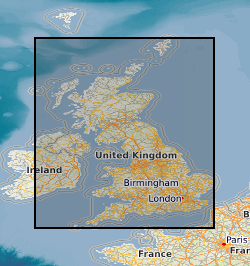
This layer of the GeoIndex shows the location of available 1:50000 scale digital geological maps within Great Britain. The Digital Geological Map of Great Britain project (DiGMapGB) has prepared 1:625 000, 1:250 000 and 1:50 000 scale datasets for England, Wales and Scotland. The datasets themselves are available as vector data in a variety of formats in which they are structured into themes primarily for use in geographical information systems (GIS) where they can be integrated with other types of spatial data for analysis and problem solving in many earth-science-related issues. Most of the 1:50 000 scale geological maps for England & Wales and for Scotland are now available digitally as part of the DiGMapGB-50 dataset. It integrates geological information from a variety of sources. These include recent digital maps, older 'paper only' maps, and desk compilations for sheets with no published maps.
-
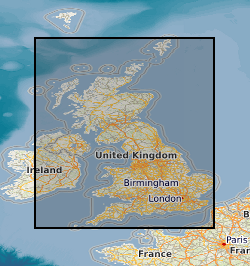
This layer of the map based index (GeoIndex) shows the locations of known mines, mineral showings and localities, including sites where minerals of economic interest have been identified in panned concentrates. The information for the index is taken from the Mineral Occurrence Database. The Mineral Occurrence Database holds information on mineral occurrences in the UK including locations of known mines, deposits, prospects and mineral showings, including sites where minerals of potential economic interest have been identified in panned concentrates. Data is normally taken from published sources or from internal BGS records, such as field sheets, rock and stream sediment collection cards. Data compilation started ca. 1994 and the database currently holds about 13 000 records, but details of many more old workings and occurrences remain to be added.
-
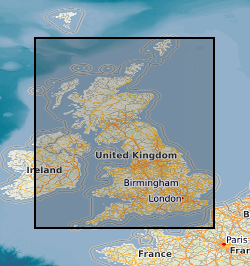
This layer of the map based index (GeoIndex) shows the locations of over 12,500 rock samples from the land area of the United Kingdom gathered as part of the Mineral Reconnaissance Programme (MRP). The Mineral Reconnaissance Programme (MRP), funded by the DTI, carried out baseline mineral exploration in Great Britain between 1972 and 1997. The programme has been subsumed into the new BGS Minerals Programme, also funded by the DTI. The rock samples have been analysed for a variety of major and trace elements, mainly by XRF.
-
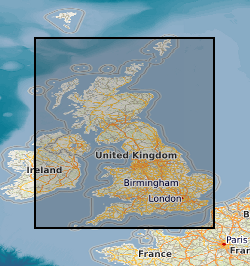
The map shows the localities of significant fossil samples, either collected by BGS Staff, or donated by individuals and institutions. The BGS fossil collections contain over 2 million specimens, including a sizeable quantity of type, figured and cited material. Since a small number of fossil locations are confidential, you are unable to view this dataset at large scales. However, if you send a data enquiry, such information may be made available. Enquiries are normally free, but a charge may be levied depending upon the time taken; users will be notified in advance. Material is available for inspection on application by e-mail. Specimens are sometimes available for loan to bona fide academics.
-
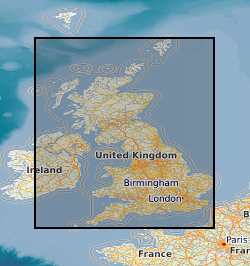
The index shows the availability of county series geological maps, 1:10560 scale. The maps themselves were produced on OS County Series sheets between approximately 1860 and 1960. The list indicates whether the map has been revised or re-surveyed and gives details of any later versions that have been produced. It is advisable to discuss your requirements before ordering or travelling to view these maps.
-
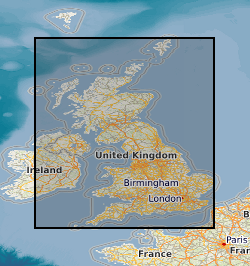
The map shows the localities of significant fossil samples, either collected by BGS Staff, or donated by individuals and institutions. The BGS fossil collections contain over 2 million specimens, including a sizeable quantity of type, figured and cited material. Since a small number of fossil locations are confidential, you are unable to view this dataset at large scales. However, if you send a data enquiry, such information may be made available. Enquiries are normally free, but a charge may be levied depending upon the time taken; users will be notified in advance. Material is available for inspection on application by e-mail. Specimens are sometimes available for loan to bona fide academics.
-
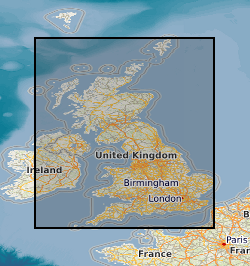
This layer of the map-based index (GeoIndex) shows the boundaries of the G-BASE (Geochemical Baseline Survey of the Environment) project mapping areas, which are reported as geochemical atlases. The majority of atlases are for stream sediment, with data on stream water and soil included where available. Separate stream sediment, soil and stream water atlases have been published for Wales. Hard copy atlases are available for Shetland, Orkney, South Orkney and Caithness, Sutherland, Hebrides, Great Glen, East Grampians, Argyll, Southern Scotland, Lake District, NE England, NW England and N Wales and Wales. Digital atlases/map products are available for the Clyde Basin, Central England, London Region and SW England. National digital atlas products are available also.
-
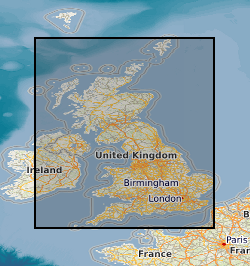
Water samples have predominantly been collected by the G-BASE (Geochemical Baseline Survey of the Environment) project at an average sampling density of one sample per 1.5 km square. Samples have been collected from approximately 85% of Great Britain but it is only from Wales and Humber-Trent southwards that a wide range of analytes have been determined. Currently G-BASE stream water samples collected from high order streams are determined by ICP-AES for 27 elements - Sr, Cd, Ba, Si, Mn, Fe, P, S (as SO42-), B, Mg, V, Na, Mo, Al, Be, Ca, Zn, Cu, Pb, Li, Zr, Co, Ni, Y, La, K and Cr; and by quadrupole ICP-MS for 24 trace elements - Li, Be, Al, V, Cr, Co, Ni, Cu, As, Rb, Y, Zr, Mo, Ag, Cd, Sn, Sb, Ba, La, Ce, Tl, Pb, Th and U. Automated colorimetric methods are used to determine Cl and NO3- and ion selective electrode is used to determine F. Waters are also analysed for non-purgeable organic carbon (NPOC) to determine dissolved organic carbon content. All samples have routinely been analysed for pH, conductivity and bicarbonate. Much of the UK coverage also includes uranium and fluoride analyses.
-
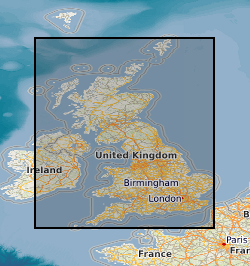
The map shows the location and names of boreholes with digital geophysical logs acquired by the former National Coal Board and British Coal during their exploration for coal in the UK. Ownership of UK coal exploration data was transferred to the Coal Authority (Coal Authority) following privatisation of the UK coal industry. The Coal Authority have appointed the British Geological Survey as custodian of this important national geological data archive. These data are in general publicly available; however, access to data within active mining licences is restricted in that it requires the consent of the mining licensee. The Coal Authority data archive includes digital data for some of the geophysical borehole logging. These are mainly in the form of original field tapes; however, also available are some data transcribed onto more modern media during BGS projects. The BGS will be pleased to provide information on data availability for named boreholes or within specified geographic areas, together with cost estimates and options for supplying copies.
-
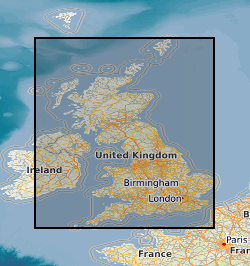
This layer of the map based index (GeoIndex) shows the location of site reports covering a wide range of drilling and site investigation work. Some 2000 reports include the logs from over 10 000 boreholes in addition to those held in the borehole index. The rectangles shown are drawn using the SW and NE corners of the site maps.
 NERC Data Catalogue Service
NERC Data Catalogue Service